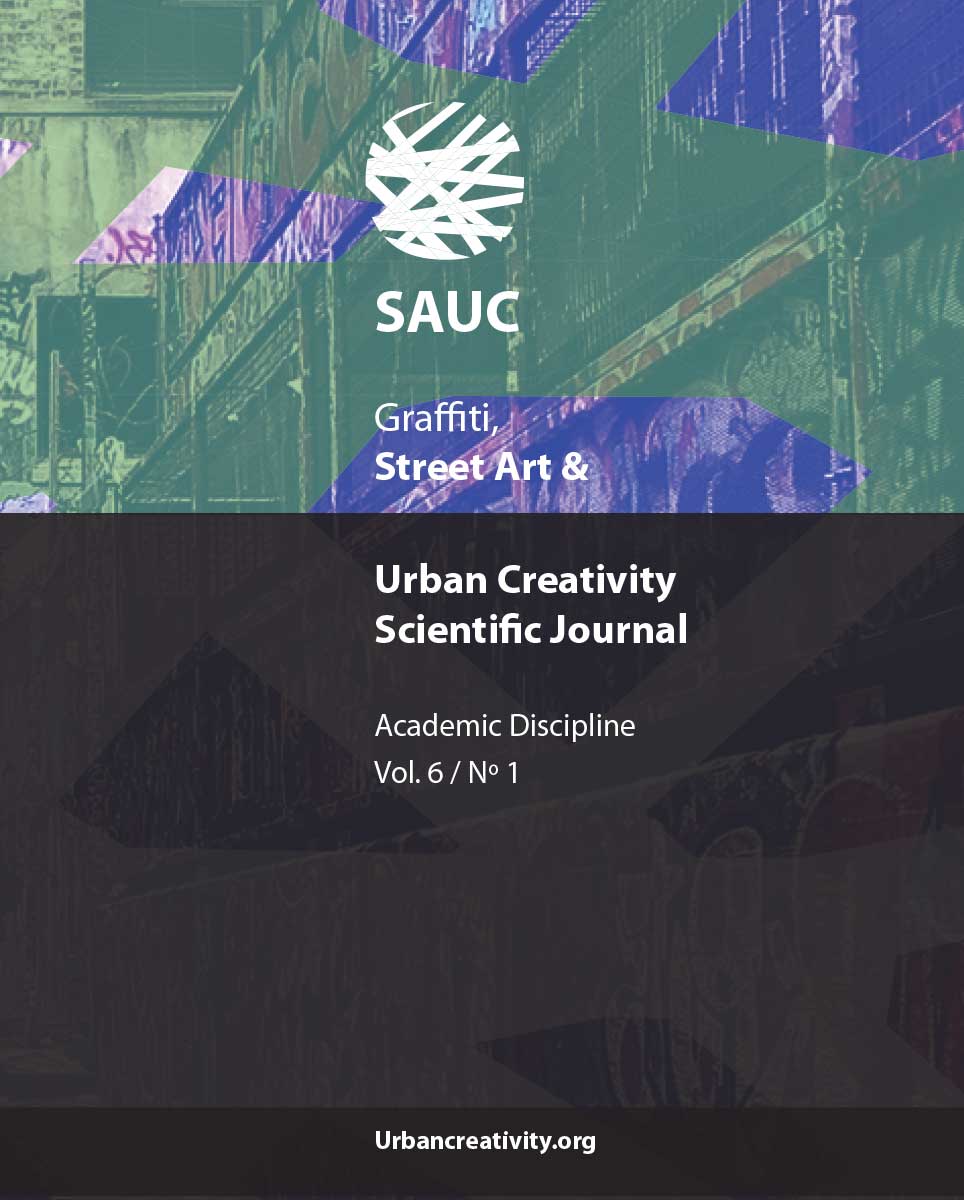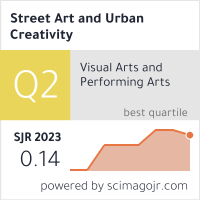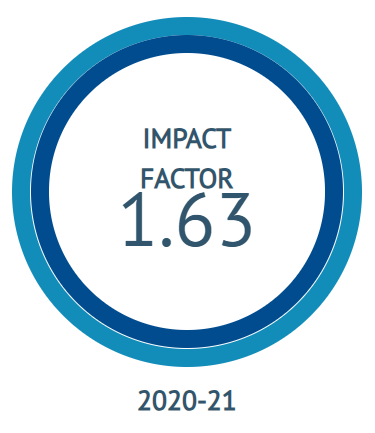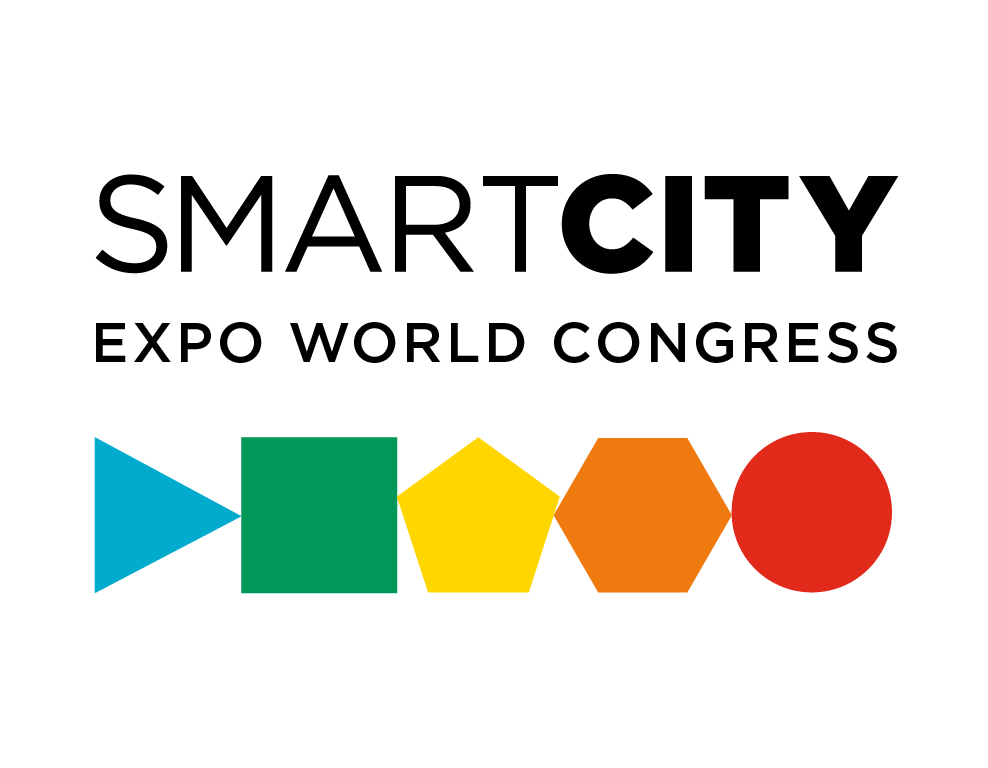The NO-TAV movement and street art
A long lasting relationship
DOI:
https://doi.org/10.25765/sauc.v6i1.220Abstract
The high-speed railway line between Turin and Lyon (in Italian TAV, Tratta ad Alta Velocità) started to be planned in the early Nineties. Since then, all the governments that followed (both right and left-wing) conceived it as one of the most strategic infrastructure projects for Italy, pursuing its construction regardless the growing number of objections coming from engineers, economists, naturalists and environmentalist associations. Year after year, they pointed out that the new railway would require the excavation of mountains full of carcinogenic metals and the overbuilding of green areas without being economically or environmentally justified: above all, the future, supposed saving of CO2 – due to the decrease of road traffic – won’t even balance the emissions caused by the construction of the railway before the half of the century, against the much closer climate breakdown the world is facing.
Based on these considerations, powered by the lack of dialogue with the institutions, fed by the systematic dispossessions of lands, the harsh repression of the police and the deviant framing by the mainstream media, one the widest, long lasting popular movements of the Italian contemporary history (the NO-TAV movement) developed in opposition to the TAV project.
Since the first years of the new century, hundreds of creative practices of non-violent resistance, counter-information and grassroots activism started to be implemented, all based on the direct participation of the inhabitants of the valley. Gradually, the involvement in the fight nurtured a new, stronger sense of community among the people, strengthening their ties with their land; the tactics that were put into practice inspired other popular movements, in opposition to imposed infrastructure projects with a high environmental impact, also seen as symbols of a declining – but still dangerous – development model.
Street art played an important role in the evolution of the NO-TAV movement: the NO-TAV logo became itself a symbol of resistance and activism, appearing on the walls of the cities all across the country; performance that can be considered as street art manifestations gave an important contribution to the fight; some famous street artists (like Blu, Eron and others) have repeatedly shown their commitment to the cause, painting in Val di Susa (sometimes being incriminated for it) and, more in general, actively supporting many of the grassroots movements inspired by it. Lastly, a street art project was organised by the same company in charge of the construction of the railway (the TELT, Tunnel Euralpin Lyon-Turin), involving known Italian and French street artists and bringing out the magmatic and sometimes contradictory nature of the phenomenon.
The conference presentation would explore and reconstruct how street art connected to the NO TAV movement through the twenty-five years of its existence, helping it to spread the knowledge of its cause, strengthening its ties with the territory and the local community and sometimes blowing back on it. Secondly, focusing on the relationship between street art and the NO TAV movement, it would reflect on the nature and the boundaries of the street art phenomenon itself.
Downloads
Global Statistics ℹ️
|
155
Views
|
47
Downloads
|
|
202
Total
|
|
Downloads
Published
How to Cite
Issue
Section
License
Those authors who publish in this journal accept the following terms:
-
Authors retain copyright.
-
Authors transfer to the journal the right of first publication. The journal also owns the publishing rights.
-
All published contents are governed by an Attribution-NoDerivatives 4.0 International License.
Access the informative version and legal text of the license. By virtue of this, third parties are allowed to use what is published as long as they mention the authorship of the work and the first publication in this journal. If you transform the material, you may not distribute the modified work. -
Authors may make other independent and additional contractual arrangements for non-exclusive distribution of the version of the article published in this journal (e.g., inclusion in an institutional repository or publication in a book) as long as they clearly indicate that the work was first published in this journal.
- Authors are allowed and recommended to publish their work on the Internet (for example on institutional and personal websites), following the publication of, and referencing the journal, as this could lead to constructive exchanges and a more extensive and quick circulation of published works (see The Effect of Open Access).













